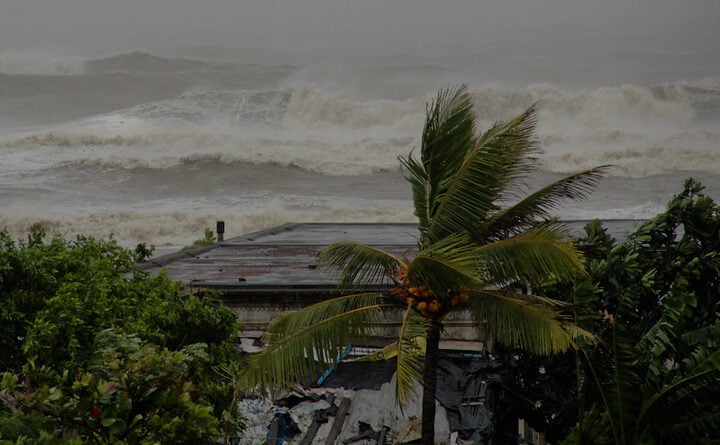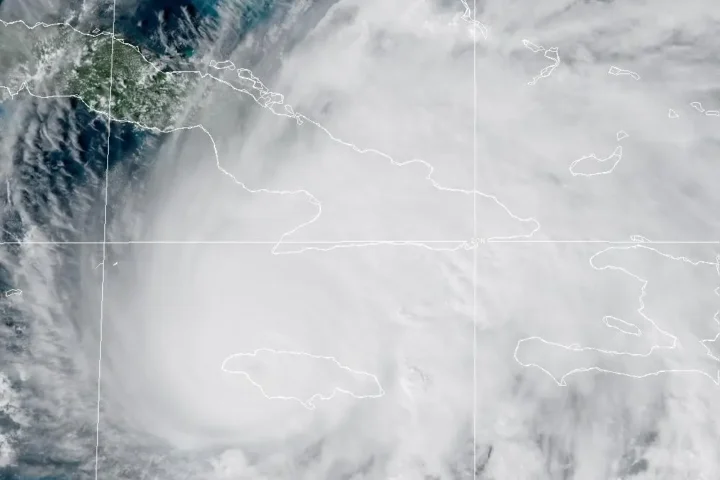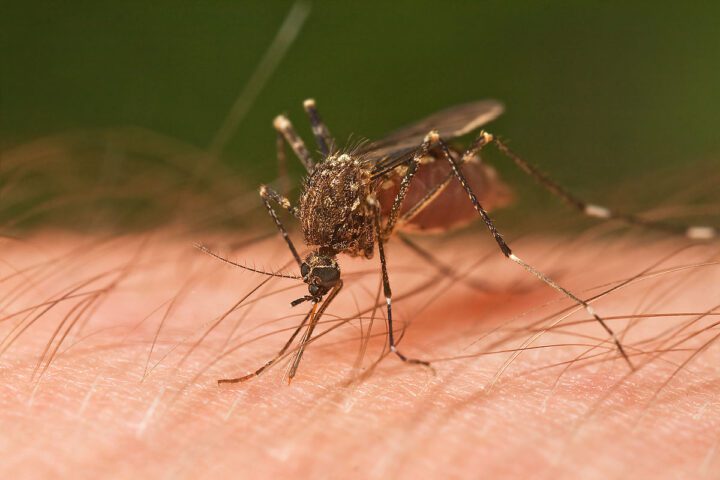Climate change added 30 days of dangerous heat for 4 billion people between May 2024 and May 2025, according to a major new report. The study, released ahead of Heat Action Day on June 2, reveals the growing threat of extreme temperatures worldwide.
Researchers from World Weather Attribution, Climate Central, and the Red Cross Red Crescent Climate Centre analyzed temperature data across 247 countries and territories. They found that in 195 of these regions, human-caused climate change at least doubled the number of extreme heat days experienced.
“This study needs to be taken as another stark warning. Climate change is here, and it kills,” said Dr. Friederike Otto of Imperial College London.
The report defines “extreme heat” as temperatures exceeding the hottest 10% of days recorded between 1991 and 2020. Scientists compared actual temperatures with climate models simulating a world without human warming to measure the impact.
The results were dramatic. In Aruba, climate change added 142 extra days of extreme heat, bringing the total to 187 days – meaning residents endured dangerous temperatures for more than half the year.
The Caribbean region suffered some of the worst impacts, with Puerto Rico experiencing 161 days of extreme heat, making it “impossible to be outside” for many residents.
Researchers identified 67 extreme heat events globally during the study period. Four events were highlighted as impossible without climate change: heat waves in Central Asia (March 2025), South Sudan (February 2025), and the Mediterranean (July 2024).
Unlike floods or hurricanes, extreme heat is a silent killer. “People don’t fall dead on the street in a heatwave… people either die in hospitals or in poorly insulated homes and therefore are just not seen,” explained Otto.
Heat-related deaths are often underreported or misattributed to other conditions like heart disease. For comparison, Europe recorded over 61,000 heat-related deaths in summer 2022.
Similar Posts
The economic impact is also severe. Heat contributed to an estimated $4.8 billion in global crop losses in 2024 alone. The US economy loses about $100 billion annually due to extreme heat, a figure projected to reach $500 billion by 2050.
Vulnerable groups bear the heaviest burden, including the elderly, children, outdoor workers, and low-income communities without adequate cooling.
The report emphasizes that both adaptation and mitigation are necessary. Cities need better early warning systems, cooling centers, and heat action plans. However, experts stress that without addressing the root cause – fossil fuel emissions – the problem will continue to worsen.
“With every barrel of oil burned, every tonne of carbon dioxide released, and every fraction of a degree of warming, heatwaves will affect more people,” warned Otto.
Roop Singh of the Red Cross Red Crescent Climate Centre added: “We need to quickly scale our responses to heat through better early warning systems, heat action plans, and long-term planning for heat in urban areas to meet the rising challenge.”
The study period included 2024, the hottest year on record, and January 2025, the hottest January ever recorded. Global temperatures are now averaging 1.3°C above pre-industrial levels, approaching the 1.5°C limit set in the Paris Agreement.

For the generation growing up today, the future looks even more concerning. About 83% of five-year-olds will experience far more frequent and intense heatwaves than any previous generation if current trends continue.
As Dr. Kristina Dahl of Climate Central concluded: “There is no place on Earth untouched by climate change – and heat is its most deadly consequence.”
















